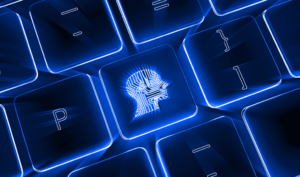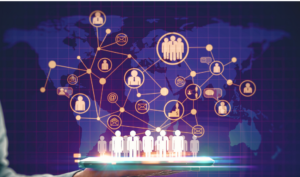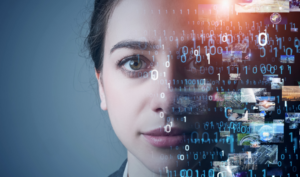
AI Adoption Isn’t Easy. Here’s How Smart Employers Make It Work
Among the many trends that are rapidly redefining work, perhaps the most consequential for HR is the arrival of artificial intelligence (AI). But this points

Among the many trends that are rapidly redefining work, perhaps the most consequential for HR is the arrival of artificial intelligence (AI). But this points

As artificial intelligence becomes more deeply embedded in everyday workflows, it is rapidly transforming the way businesses operate. For example, the recent rise of generative

Sponsored by Reejig Countless HR tools, applications, and platforms now rely on artificial intelligence in some form. Users may not even notice that AI is

Anyone can launch a DEI initiative. The big challenge is to succeed. What’s the biggest roadblock? Human unconscious biases. Psychologists have shown over and over